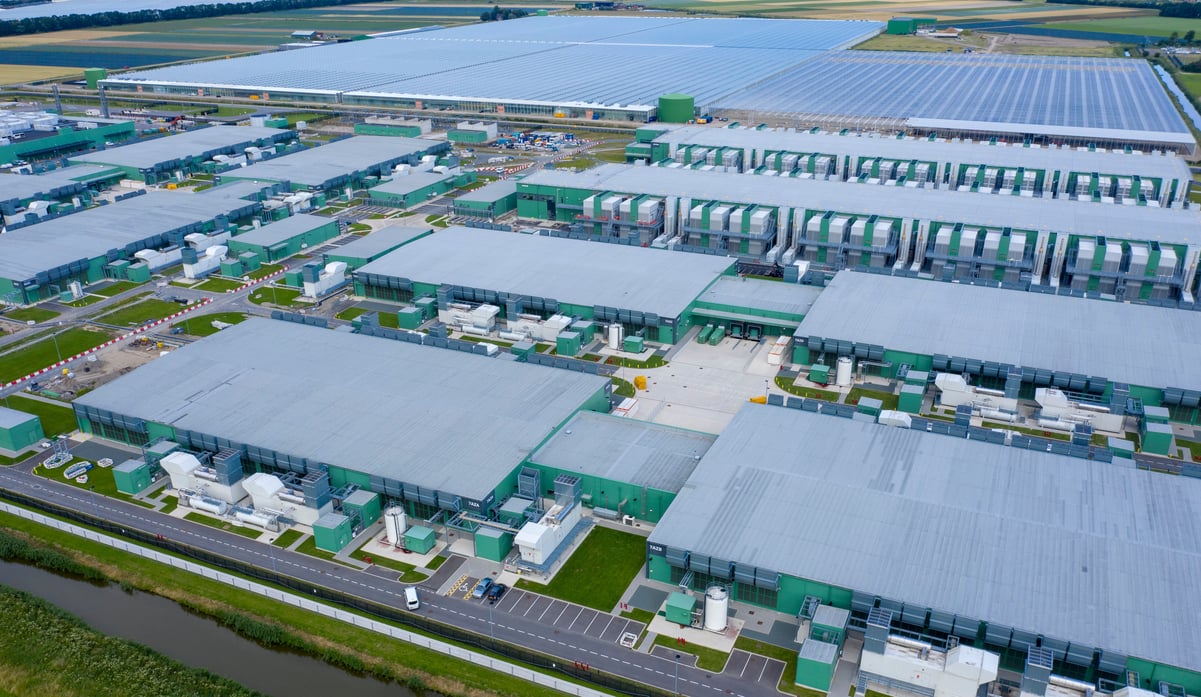Innovative, disruptive companies shift the whole sector they operate under.
In this clip from Industry Focus: Tech, Motley Fool analysts Dylan Lewis and Simon Erickson explain the difference between innovations that no one actually wants or needs, and ones that change an industry's status quo forever. And, they give an example of one disruptive company that's helping companies across the world target their audiences more effectively today.
Check out Simon's five principles that are based on Clayton Christensen's The Innovator's Dilemma:
No. 2: Small Markets Don't Solve Growth Needs
No. 3: Markets That Don't Exist Can't Be Analyzed
No. 4: Capabilities Define Disabilities
No. 5: Technology Supply Versus Market Demand
A full transcript follows the video.
This podcast was recorded on Sept. 2, 2016.
Dylan Lewis: No. 5: Technology supply versus market demand. You want to dive into that one?
Simon Erickson: Yeah. A lot of times, companies get really excited about their technology, and try to push it to the limit. They say, "We have the greatest-in-the-industry widget that's going to do something 10 times better than you even need it to do in the first place," which sounds great, but it's actually completely inefficient. You want a technology to meet the market's demand, and do exactly what the market is asking you to do. Otherwise, you're probably spending way too much money of your [research and development] efforts on developing something that isn't even needed in the first place.
The trick is to see what is it that your market wants your industry to do? What is the value that you're bringing to your customers? What are they asking you for, and how can you hit that right in the sweet spot so you're not overspending or underinvesting but going right after what they're asking you to do?
Lewis: I'm curious what you think about applying that type of approach to Tesla. They started with a very elite, luxury product. The difference is, they went small market first and created an excellent product, reached the high-value markets, then slowly have decided to make it more accessible, build out their scale. Would you say that might be an example of a company being limited in the scope of technology, and maybe not spending as much in R&D as they would have, had they been more ambitious, but doing it in a smart way?
Erickson: Interesting example. Actually, electric vehicles were talked about in Christensen's original book in '97.
Lewis: That's early on.
Erickson: Exactly, right? I think Tesla, early on, was more about the brand than the car and its performance. They really went after the highest end so they could start at the top of the market, and get everybody to want a Tesla, that all the movie stars like Leo DiCaprio had. And if you had a Tesla at the mid-market, or the lower end, one that was affordable, you were buying into a luxury vehicle. I mean, it's a Tesla, this thing is awesome. Even though it might have cost, I think the next one is supposed to be $35,000, the Model 3.
The one I like, Dylan, is actually a company called Splunk (SPLK +0.00%), that can just look at a ton of data out there and distill it down into a very simple dashboard for their customers to understand. Examples of who they're working with -- the San Francisco 49ers --
Lewis: Oh! I was not expecting a sports example!
Erickson: Yeah! What Cokes and what hot dogs people are buying in different sections, maybe they can market to them. Domino's Pizza uses Splunk to know what, regionally, is selling better. If the jalapeno pineapple pizza is only selling in Cleveland, Ohio, then maybe you go after more marketing there.
Lewis: I have a feeling it's not Cleveland, Ohio, for jalapeno pizza. I know Sean O'Reilly, host of the Energy Industry Focus show, has one of the blandest palates I've come across at the Fool, and he's from Ohio.
Erickson: You might have to ask him if he would eat it, pineapple jalapeno pizza.
Lewis: I'll follow up with him after the show.
Erickson: OK. Probably not the best example on my part, then.
Lewis: But, the idea being, they're teasing out insights from data and helping businesses make smarter decisions.
Erickson: Yeah. And if you're in a board room, maybe you're a CEO, you're a decision-making manager, you don't want a whole lot of data that doesn't mean anything to you. You want to say, "OK, what is this going to matter to me?" And Splunk does a great job of distilling all of that down, and saying, "What are you trying to accomplish? Let's look at what the data is telling us, and let's move forward from that." Again, hitting the sweet spot. What is the market demanding? What do they want your product to do? Companies going out with the technology to achieve that.
Lewis: Yeah, I think sometimes you can overdeliver on the tech side or the capability side, and it's just extra. Or, your customers aren't seeing the value, and you've spent all this time and ramp up getting it there and it might not even be a very useful feature or add-on. So, definitely something to keep in mind.
Erickson: Absolutely.




